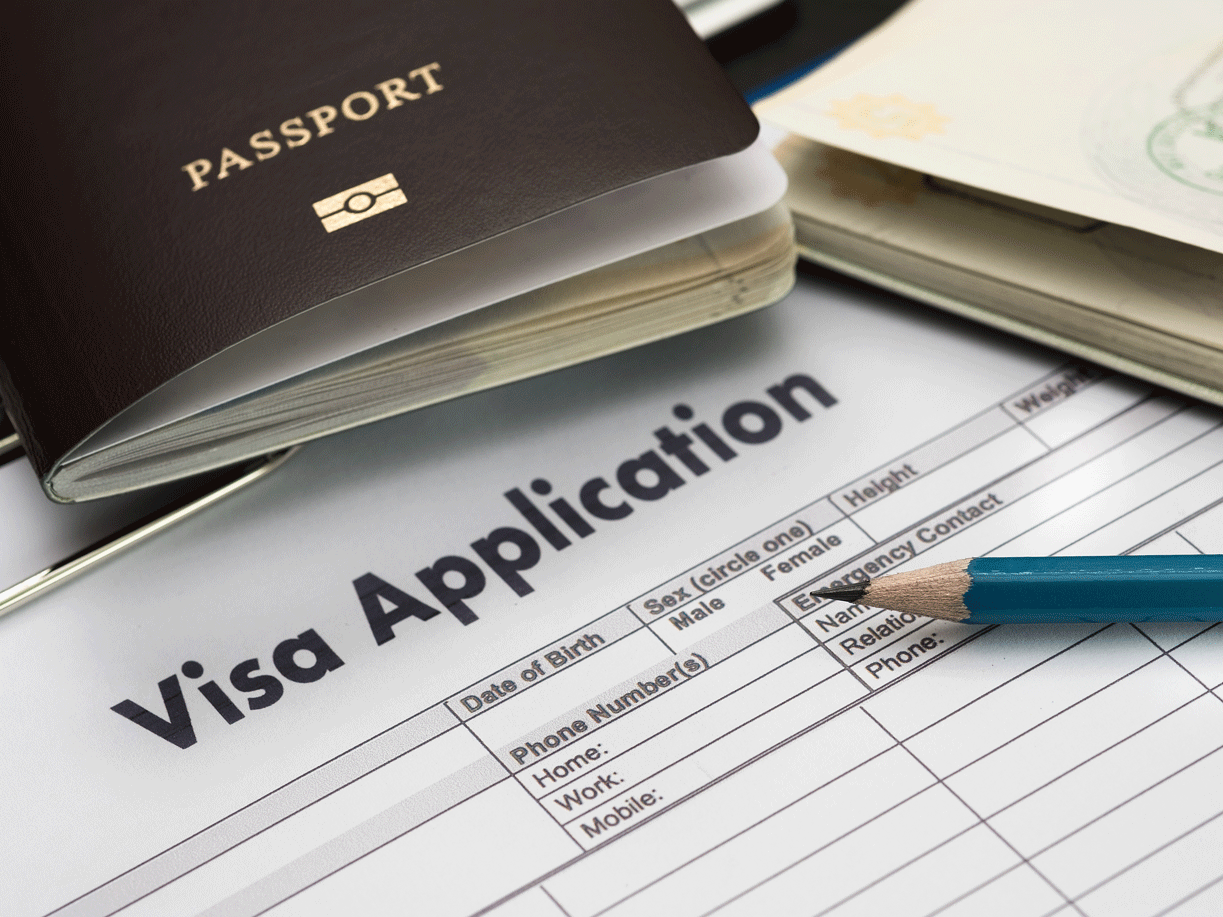
Recent government announcements have ushered in a series of amendments to migration laws aimed at enhancing productivity in Australia and promoting inclusivity. These changes include a new permanent resident visa program for nationals of participating Pacific Island countries, pathway for skilled refugees to live and work in Australia and extended stays for Temporary Skill Shortage visa (subclass 482) holders from the UK. Employers should take note of these changes as they assist individuals from these groups in their migration to Australia.
The Australian Government says boosting permanent Pacific migration to Australia is an essential part of its plan to deepen connections with the Pacific and contribute to a peaceful and prosperous region.
As part of this commitment, the government has created the Pacific Engagement Visa (PEV), a new permanent resident visa program for nationals of participating Pacific Island countries and people from Timor-Leste.
The PEV’s goal is to grow the Pacific diaspora in Australia, and in doing so, enable stronger people-to-people links, as well as creating robust cultural, business and educational exchange. This visa will commence this year and provide 3,000 permanent places for Pacific Island people. The quota is in addition to Australia’s existing permanent migration program.
People from the Pacific region who want to access the PEV are placed in a ballot which provides equal access regardless of skill level, occupation or gender. Applicants must also meet certain criteria, including:
PEV holders are subject to the same four-year Newly Arrived Resident Waiting period as other permanent residents, which applies to income support payments, including Job Seeker.
Skilled refugees and displaced persons have a pathway to Australia through the Skilled Refugee Labour Agreement Pilot Program (The Pilot), which is operated in conjunction with refugee support organisation Talent Beyond Boundaries (TBB).
The Pilot has an allocation of 500 primary places and is available until 30 June 2025. It enables Australian businesses endorsed by TBB to use a Labour Agreement to sponsor an approved skilled refugee, or displaced person. This may be on a permanent or temporary basis.
Several visa concessions have been made by the Australian Government in relation to The Pilot, including no labour market testing, no skills assessment or minimum work experience required, as well as a reduced minimum English proficiency level and an increased age limit, up to 55 years old.
While applicants are not required to provide a skills assessment or show work experience, the sponsoring business is responsible for assessing whether the skilled refugee has the skills and qualifications to work in the nominated occupation. They must also ensure the sponsored person has the mandatory registration or licensing needed before undertaking any work requiring those qualifications.
Applicants must also meet health, character and security requirements and, depending on their country of origin, may also have to supply biometrics.
The Temporary Skill Shortage visa (subclass 482) enables employers to address labour shortages by bringing in skilled workers for positions that can’t be filled by Australian citizens.
Holders of this visa in the short term stream can live and work in Australia for up to two years. However, the government has modified this for UK citizens, allowing those holding this visa to stay for up to four years regardless of their occupation. This applies to UK citizens or permanent residents who are either an intra-corporate transferee, an independent executive or a contractual service provider.
Employers looking to bring workers in on any of these visas should seek professional advice. If you have any questions, please contact us below.
Disclaimer
The information in this article is of a general nature and is not intended to address the circumstances of any particular individual or entity. Although we endeavour to provide accurate and timely information, we do not guarantee that the information in this article is accurate at the date it is received or that it will continue to be accurate in the future.
Published by: